11 Things You Should Know About Terracotta Pots Before Buying Them
When it comes to plant pots, terracotta is a classic option that many gardeners love. Its earthy look and ability to regulate moisture make it popular for both indoor and outdoor plants. Before deciding if terracotta is the right choice for your plants, there are a few things you should know. The material is known for its pros and cons, which can impact how your plants thrive. Taking these factors into account will help you get the most out of your terracotta pots.
This post may contain affiliate links, which helps keep this content free. Please read our disclosure for more info.
Terracotta Pots Are Porous
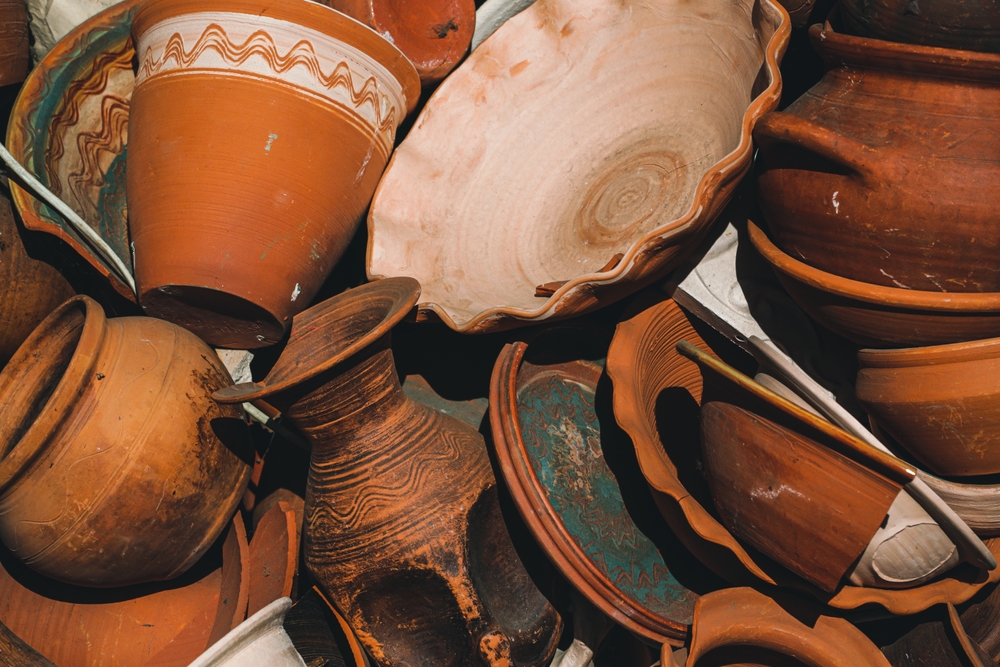
Terracotta pots are made from natural clay, which makes them porous. This characteristic allows air and moisture to move freely through the pot, which can benefit plant roots by preventing waterlogging. While this is great for most plants, it means these pots tend to dry out faster than plastic or ceramic pots. If you choose a terracotta pot, be prepared to water your plants more frequently, especially in warmer climates.
The porous nature of terracotta helps prevent root rot by allowing excess moisture to escape. However, it also means that plants with high water needs may not thrive as well in these pots. To help retain moisture, you can place a saucer under the pot or line the inside with a plastic liner. Keeping an eye on soil moisture is essential for maintaining healthy plants in terracotta containers.
Terracotta Pots Are Heavier Than Plastic Pots
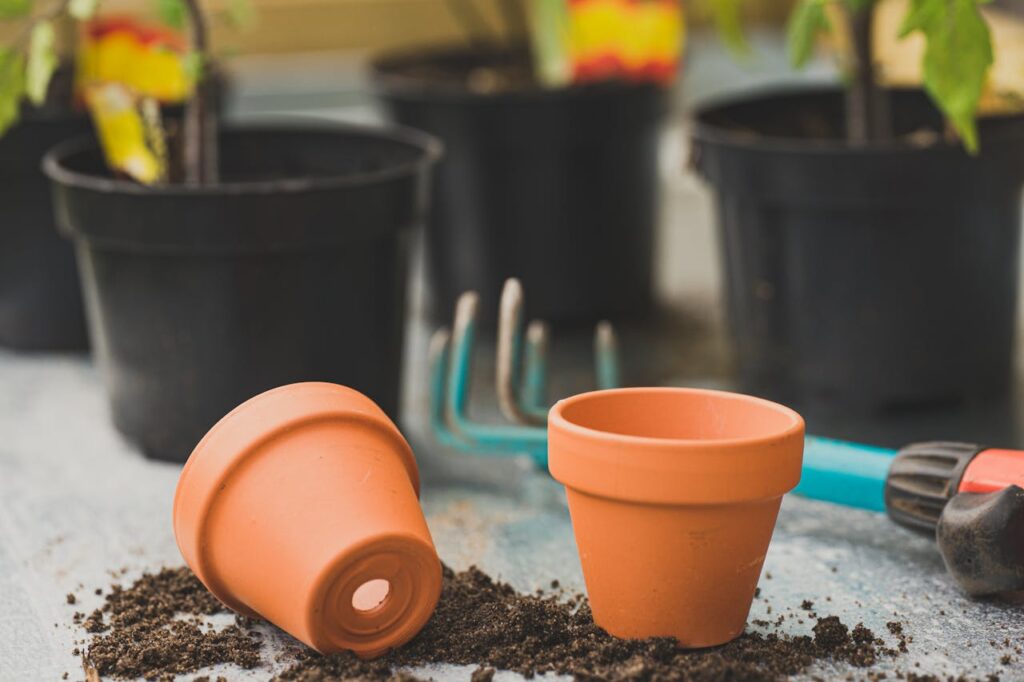
One of the downsides of terracotta pots is their weight. These pots are considerably heavier than plastic alternatives, which can make them difficult to move, especially when filled with soil. While the weight can be a disadvantage for small gardens or movable displays, it can be beneficial for larger plants. The added weight helps stabilize the pot, preventing it from tipping over in the wind or during storms.
The heaviness of terracotta pots also means they are more durable and less likely to crack under stress. If you are working in a space where you need to move pots often, consider smaller or lightweight alternatives. However, for permanent plantings or garden installations, the weight is usually an advantage. You can enjoy a sturdy, long-lasting container for your plants that can withstand outdoor conditions.
Terracotta Pots Are Prone to Cracking in Cold Weather
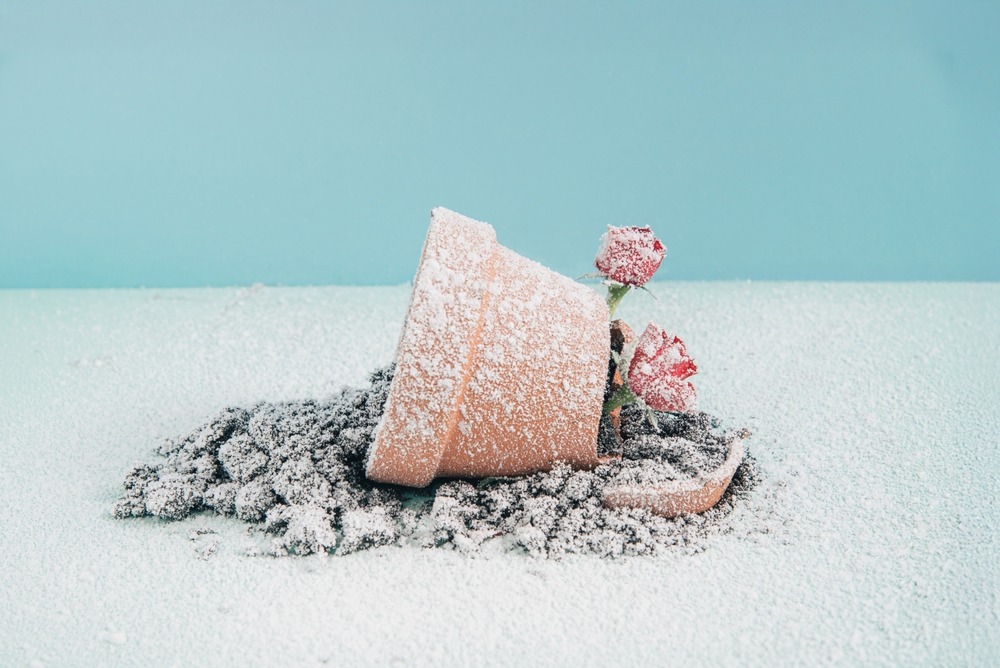
Terracotta pots are durable, but they are vulnerable to cracking in cold weather. Because terracotta is a porous material, it absorbs water, and when the temperature drops, the water inside the pot can freeze. This freezing and thawing process puts pressure on the material, causing cracks or even breaking the pot. To prevent this, it is best to bring your terracotta pots inside during the winter or place them in sheltered areas.
If you cannot bring your pots indoors, consider using insulating materials like bubble wrap or burlap to cover the pots. Some gardeners also place the pots in an area where they are protected from frost. By taking these precautions, you can prolong the life of your terracotta pots and keep them intact through colder months.
Terracotta Pots Can Affect Soil Temperature
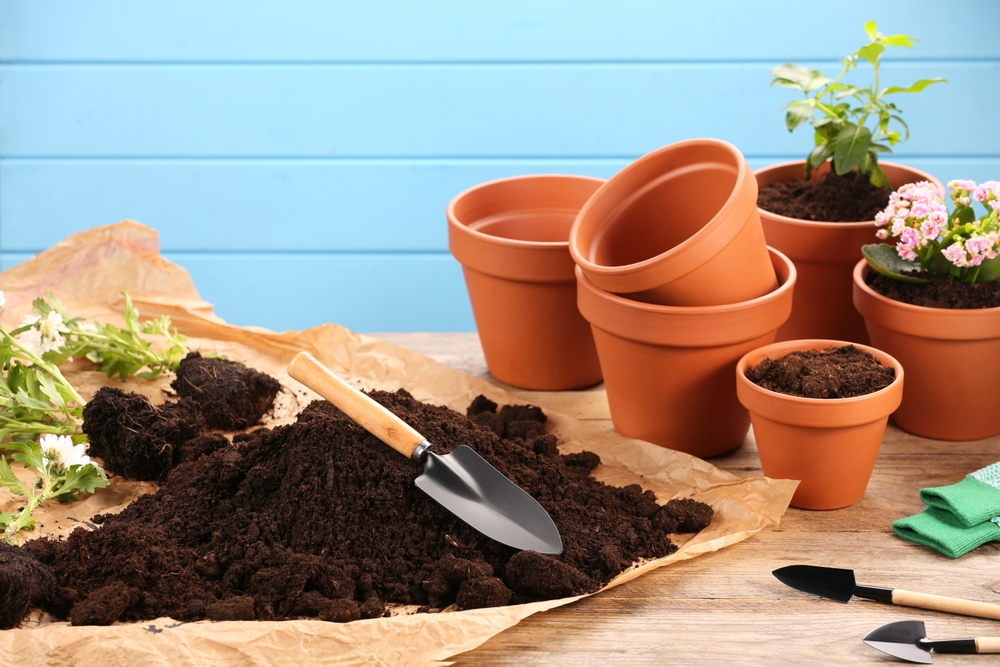
Because terracotta is a natural material, it absorbs heat from the sun, which can affect the temperature of the soil inside the pot. During hot summer days, terracotta pots can get quite warm, which may help speed up plant growth for certain heat-loving plants. However, the increased soil temperature can also stress plants that prefer cooler roots, causing them to wilt or suffer. It is important to consider the type of plant before choosing a terracotta pot, especially in regions with intense heat.
On the flip side, in cooler climates, terracotta can help warm the soil, encouraging earlier growth in the spring. If you live in a warmer climate, you may want to use terracotta pots for plants that enjoy the heat, such as succulents and cacti. For plants that prefer cooler conditions, opt for lighter, less heat-retentive containers to maintain a more stable root environment.
Terracotta Pots Are Available in Various Sizes
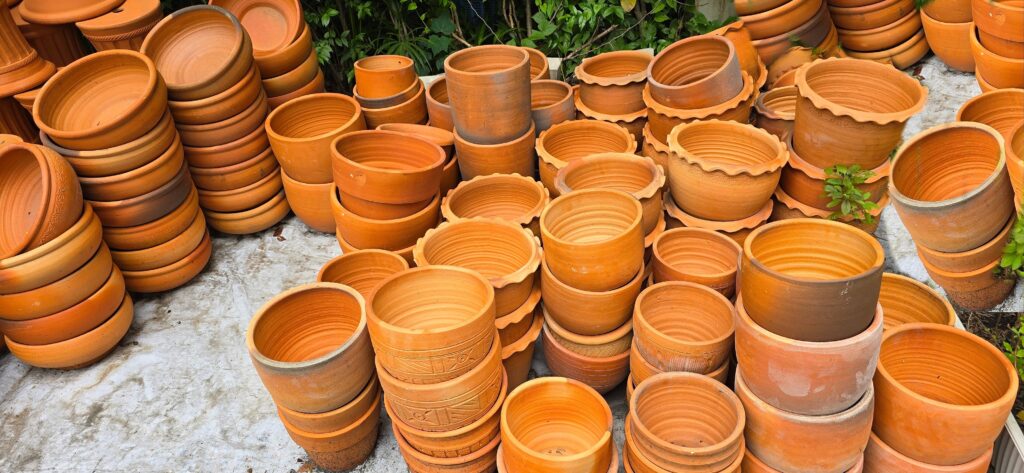
Terracotta pots come in a wide range of sizes, from tiny pots for small succulents to large planters for trees and shrubs. This variety makes them versatile for different types of plants and garden setups. When choosing a pot, consider the size of the plant’s root system and allow enough room for growth. A larger pot is ideal for plants that need more space, while smaller pots are perfect for compact plants and herbs.
Larger terracotta pots are great for creating stunning focal points in your garden, especially when planted with climbing plants or small trees. Smaller pots work well for individual plants that do not need much space. Regardless of size, always ensure your pot has proper drainage to allow water to flow out and prevent waterlogged roots.
Terracotta Pots Are Timeless and Aesthetic
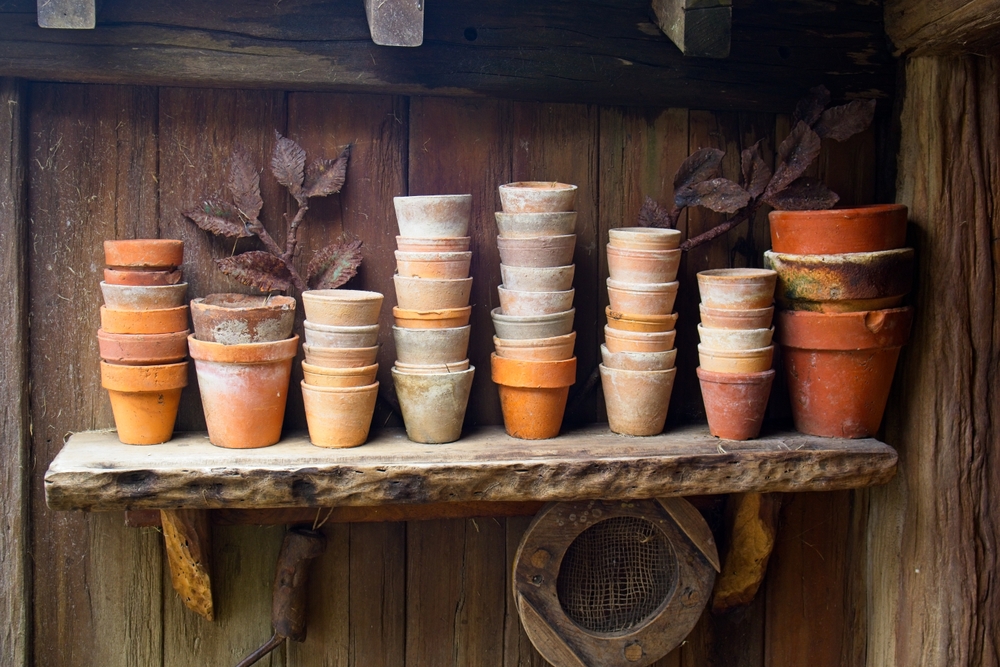
One of the biggest appeals of terracotta pots is their timeless, rustic aesthetic. The warm, earthy tones blend well with any garden style, from modern to traditional. Their natural appearance complements the greenery of plants, creating a harmonious look. Terracotta pots can add visual interest and texture to your garden, whether used in rows along a trellis or scattered around your outdoor space.
Over time, terracotta develops a weathered patina that adds to its charm. This aged look can enhance the character of your garden, making it feel more established and natural. For those who prefer a sleek, clean appearance, terracotta can also be easily painted or glazed to match specific decor. The versatility of terracotta allows it to fit into any garden design.
Terracotta Pots Can Be Expensive
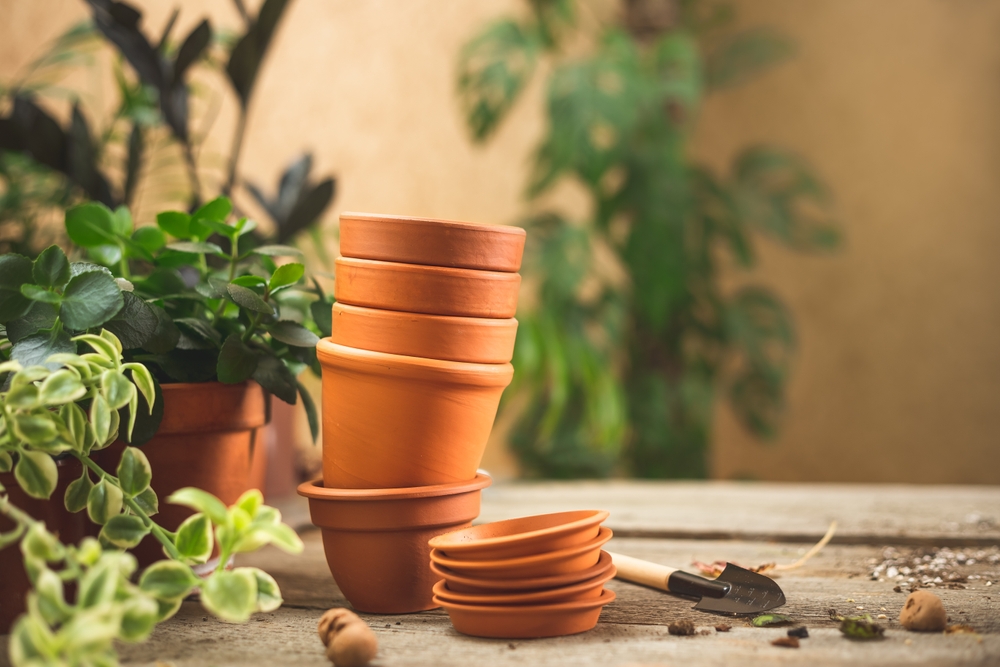
While terracotta pots are highly durable and aesthetically pleasing, they tend to be more expensive than plastic or other materials. The price can vary significantly based on the size, design, and brand of the pot. Smaller, simple pots may be more affordable, while larger, decorative options or pots from well-known brands can be pricier. Be prepared to invest a little more for the quality and longevity that terracotta offers.
Despite the higher cost, many gardeners feel that the investment is worth it. Terracotta pots are long-lasting and resistant to wear, making them a good value over time. If you are working within a budget, consider buying terracotta pots in sets or looking for sales. They offer great value for the money when you choose the right size and quality.
Terracotta Pots Require Proper Drainage
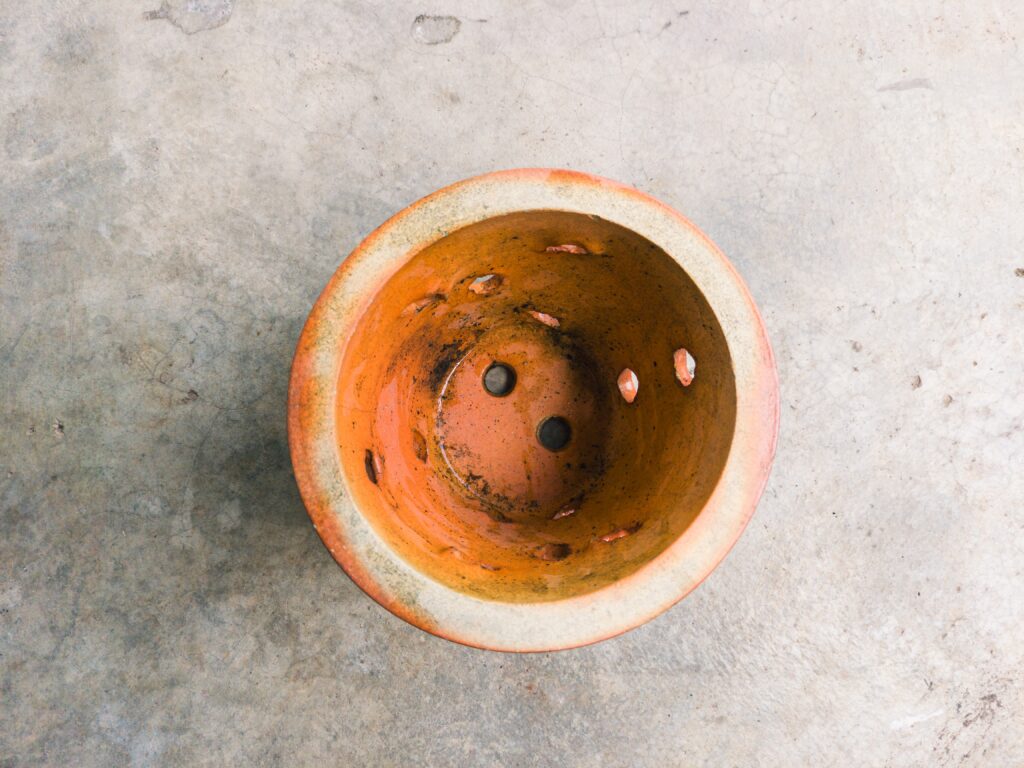
Proper drainage is essential when using terracotta pots, as they can retain water and cause root rot if water cannot escape. Most terracotta pots come with drainage holes, but you should always check before using them. If the pot does not have a hole, you can drill one yourself to ensure that excess water can exit. Without proper drainage, even the best terracotta pots can lead to waterlogged soil, which is harmful to plants.
To further improve drainage, you can place a layer of gravel or small stones at the bottom of the pot before adding soil. This helps water flow out more easily and prevents the soil from compacting. Proper drainage allows for healthier roots and keeps your plants thriving in their terracotta containers. It is an essential step in maintaining the health of your plants.
Terracotta Pots Are Suitable for Many Plant Types
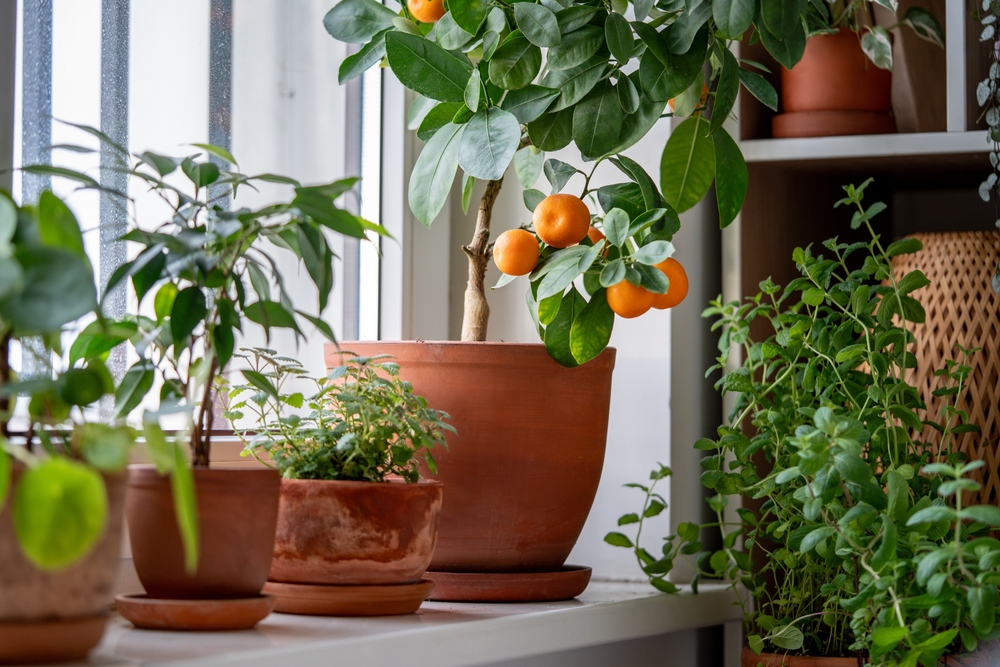
Terracotta pots are suitable for a wide range of plants, especially those that prefer well-drained soil. Succulents, cacti, and Mediterranean plants thrive in terracotta pots because the material allows for quick drying between waterings. Plants that do not like sitting in moisture, such as orchids or lavender, are perfect for terracotta pots due to their breathability and moisture regulation.
On the other hand, plants that require consistent moisture, such as ferns or tropical plants, may not do as well in terracotta. These plants may need more frequent watering, which could lead to the pot drying out too quickly. It is important to match the type of plant to the pot’s properties for the best growth.
Terracotta Pots Can Be Easily Painted
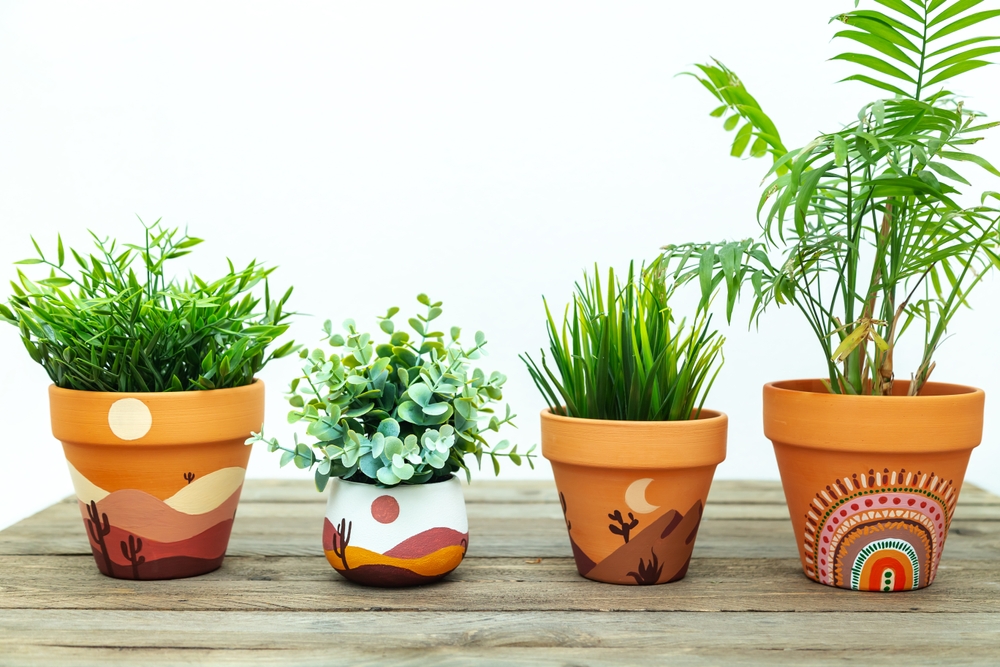
If you want to add a personal touch to your garden, terracotta pots can be easily painted. The porous surface of terracotta makes it a perfect canvas for outdoor-friendly paint. You can paint them in vibrant colors, patterns, or designs to match your garden theme or outdoor decor. This is a great way to make your pots stand out and express your creativity.
Before painting, make sure to clean the pot thoroughly and allow it to dry completely. Use paint that is designed for outdoor use to ensure the finish lasts through the seasons. Once painted, your terracotta pots will look completely different, adding a fresh and personalized touch to your garden. Customizing your pots is an easy way to enhance your outdoor space.
Terracotta Pots Can Be Used for Indoor Plants
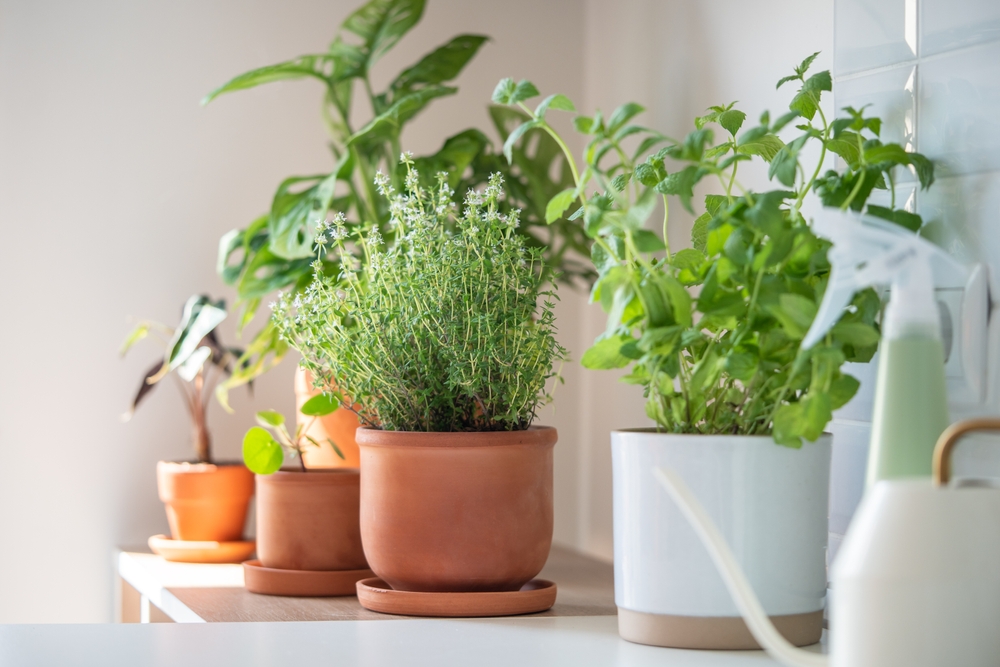
While terracotta pots are typically used outdoors, they can also be great for indoor plants. The material’s breathability and natural look fit well in many home decor styles, from rustic to modern. Terracotta helps regulate moisture in the soil, making it ideal for many indoor plants. Just be sure to place your terracotta pots on saucers to catch any excess water.
Indoor plants such as herbs, succulents, or small houseplants thrive in terracotta due to the pot’s ability to prevent overwatering. The aesthetic appeal of terracotta also complements most indoor spaces, adding warmth and texture. With proper care and maintenance, terracotta pots can be a stylish and functional choice for your indoor garden.
The natural material provides excellent breathability, making it ideal for many types of plants. With proper care, terracotta pots can last for many seasons, adding charm and functionality to your garden.
This article originally appeared on Avocadu.
